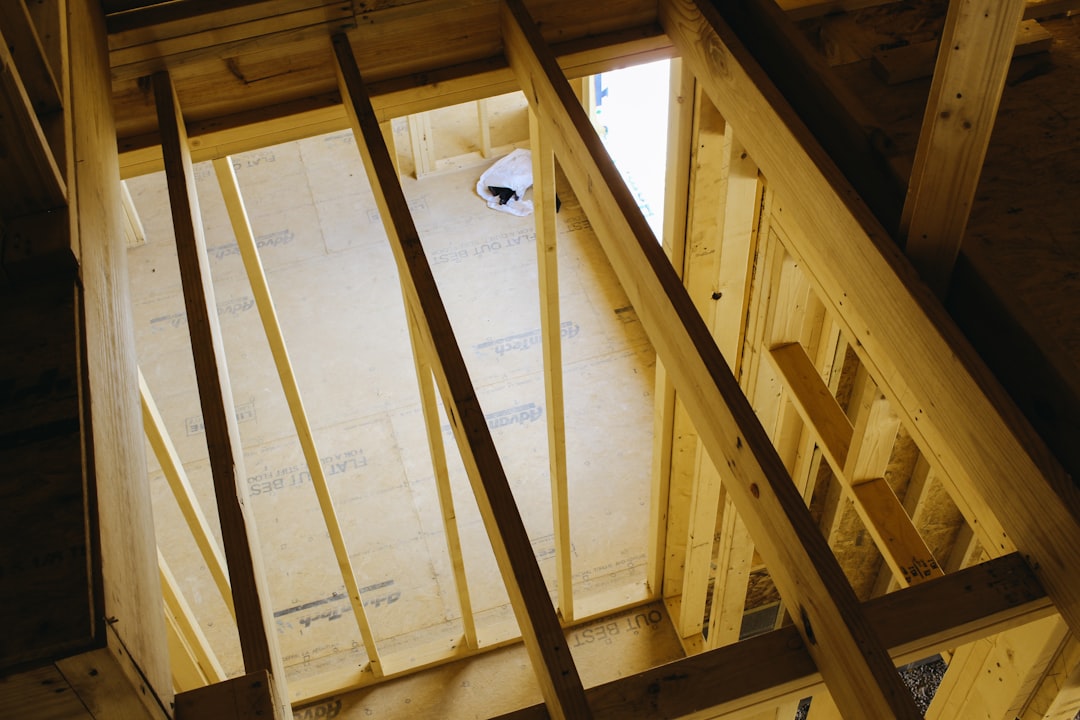
Attic insulation costs can vary significantly based on several factors. For 2025, the average cost ranges from $1.50 to $7.50 per square foot, depending on the material and installation complexity. Construction professionals need accurate estimates to ensure profitability and client satisfaction. This guide explores key cost drivers and provides actionable insights for trade professionals.
Proper insulation is a quick payback upgrade, often recovering costs within three seasons.
Larger attics generally cost less per square foot. CountBricks AI tools help calculate precise costs by analyzing digital blueprints.
Insulating from scratch is cheaper than upgrading existing insulation. CountBricks estimates removal or add-on rates accurately.
Prices vary by region; CountBricks provides live pricing from local suppliers.
Complex installations increase labor costs. CountBricks includes task modifiers for accurate quotes.
Rebates can significantly reduce costs. CountBricks calculators identify eligible programs.
Use these as guides. CountBricks provides detailed estimates with voice commands.
CountBricks checklists help avoid unexpected costs.
A 1,400 ft² home upgraded from R-11 to R-44, reducing utility bills by 28%. CountBricks provided three options, and the client chose cellulose for optimal savings.
Professional installation offers benefits like thermal imaging and code compliance. CountBricks partners showcase quality through pre- and post-installation images.
Upgrading insulation can save $450 annually. CountBricks' ROI calculator helps translate specs into financial benefits.
Stop guessing and start securing profitable jobs with CountBricks.

CountBricks provides tools to maintain healthy margins while exceeding client expectations. Our platform turns attic insulation into a repeatable profit center.
BrightSky Construction reduced estimate prep time and boosted close rates using CountBricks' features.
Explore CountBricks at CountBricks.com and see what precision can do for your bottom line.